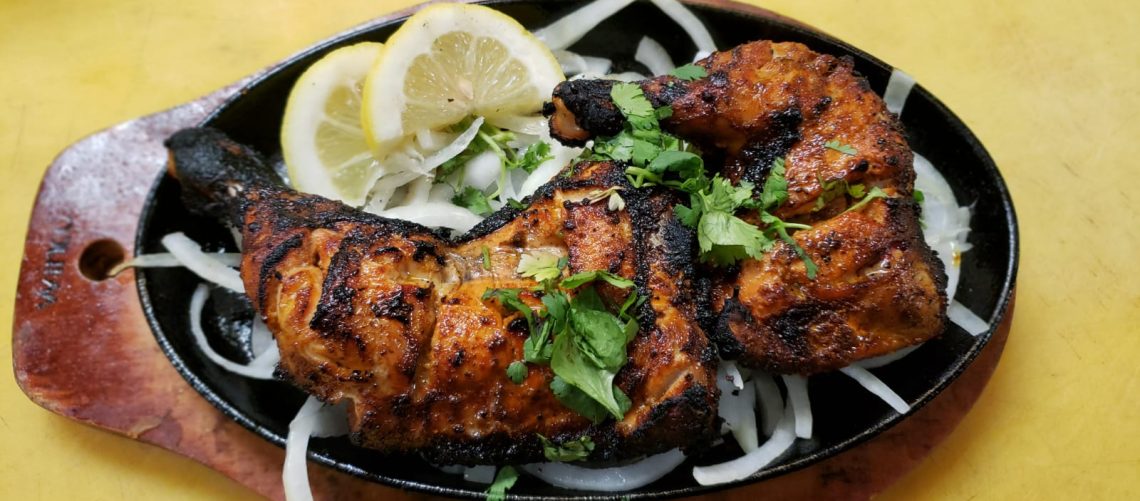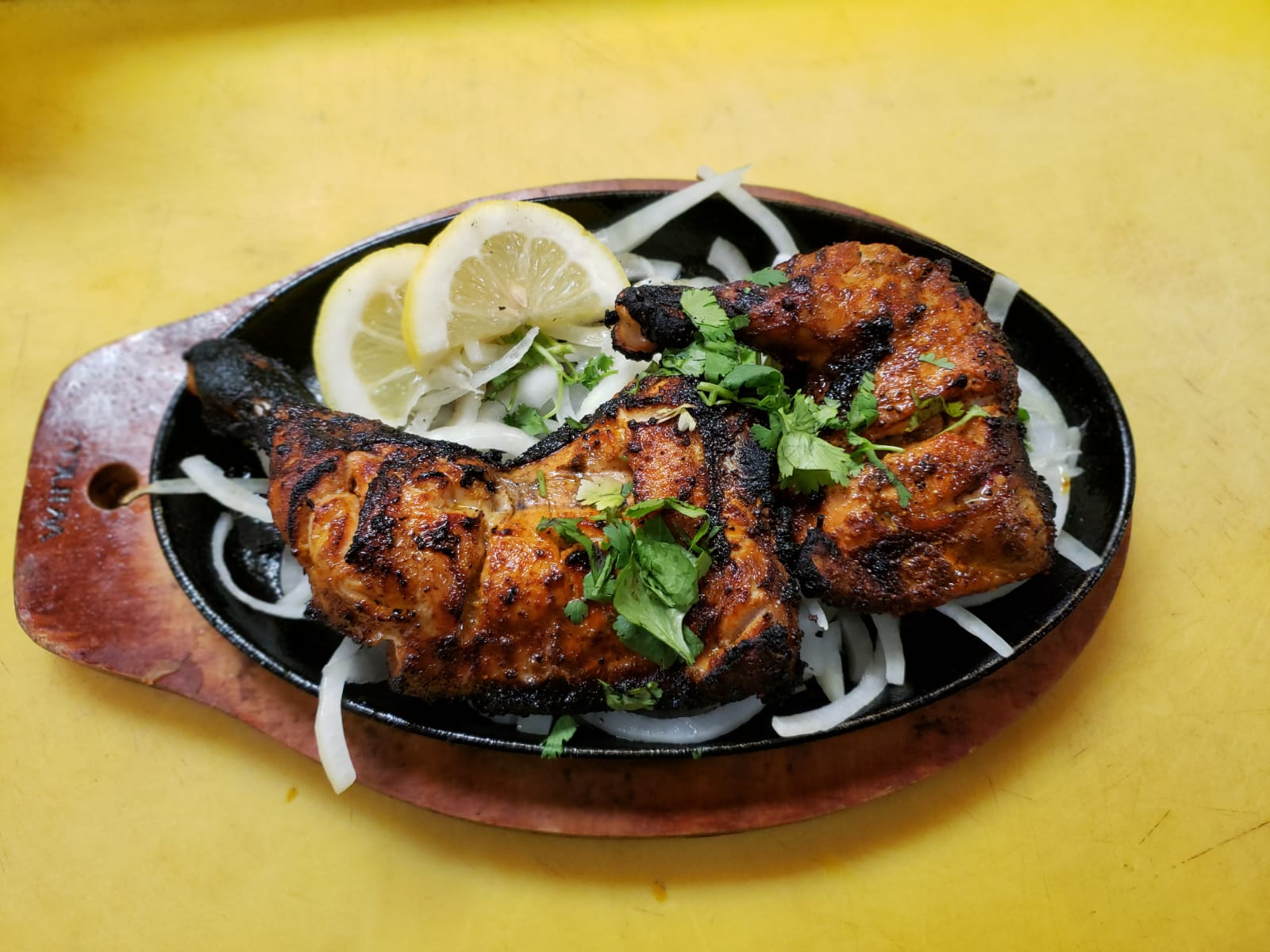Halal dining offers a rich culinary experience, providing a diverse range of flavorful dishes rooted in Islamic dietary laws. Whether you’re a seasoned enthusiast or a newcomer to Halal cuisine, this guide will serve as your go-to resource for navigating the world of Halal eats.
What is Halal?
“Halal” in Arabic means permissible or lawful, and it extends beyond food to various aspects of life. In the context of dining, Halal refers to food and drinks that adhere to Islamic dietary guidelines. These guidelines prohibit the consumption of certain animals and require specific preparation methods.
1. Halal Certification
Look for Halal certification when choosing best halal restaurants near me. This certification ensures that the establishment complies with Halal standards. Many countries and regions have organizations that oversee and certify Halal products, providing consumers with confidence in the authenticity of the offerings.
2. Finding Halal Restaurants
Begin your Halal dining journey by conducting local searches using phrases like “Halal restaurants near me” on search engines. Online maps and restaurant review platforms often provide valuable information about Halal eateries in your area.
3. Recommendations
Ask friends, family, or colleagues for recommendations. Word of mouth is a powerful tool in discovering hidden gems that may not be easily found through online searches. Social media platforms can also be valuable for crowdsourced recommendations.
4. Halal Meat Options
Most Halal restaurants prominently feature Halal meats in their dishes. These meats come from animals slaughtered according to Islamic guidelines, ensuring humane treatment and proper preparation. Common Halal meats include chicken, beef, and lamb.
5. Vegetarian and Seafood Options
Halal dining also caters to vegetarians and seafood lovers. Many Halal restaurants offer a variety of plant-based and seafood dishes, providing diverse choices for diners with different dietary preferences.
6. Halal Dining Etiquette
When dining at a Halal restaurant, it’s essential to be mindful of respectful practices. Avoid bringing non-Halal food into the restaurant, and be considerate of fellow diners by refraining from consuming food during Ramadan fasting hours if the restaurant remains open.
Biryani, a fragrant rice dish with aromatic spices and tender meat, is a staple in many Halal restaurants. This flavorful dish has various regional variations, each offering a unique blend of spices and ingredients.
Shawarma is a popular street food enjoyed worldwide. It consists of thinly sliced marinated meat, usually served in a flatbread with garlic sauce and fresh vegetables. It’s a must-try for those exploring Halal cuisine.
Final Tips
Halal dining is a journey of exploration and experimentation. Don’t be afraid to try new dishes and ask questions about the preparation methods. Many Halal restaurants take pride in sharing the stories behind their recipes.
If you discover a hidden gem or have a memorable dining experience, share it with others. Leaving positive reviews on online platforms can help fellow Halal enthusiasts discover new and exciting places to dine.
Conclusion
Navigating the world of Halal dining is an exciting and rewarding experience. By understanding the basics of Halal, finding certified restaurants, exploring diverse menus, and respecting dining etiquette, you can immerse yourself in the rich flavors of Halal cuisine. So, embark on your culinary journey, savor the delicious offerings, and enjoy the cultural richness that Halal dining has to offer. Halal Eats 101 is your comprehensive guide to making the most of this flavorful adventure.


